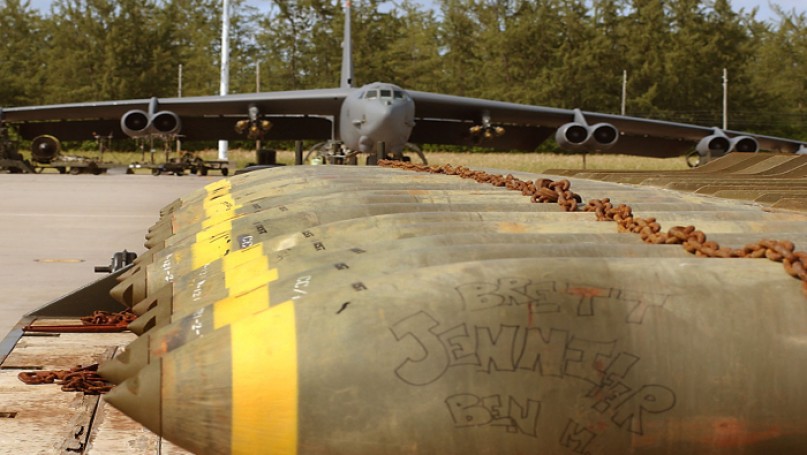
Enduring Conflict: Challenging the Signature of Peace and Democracy
By Adrian Little
Bloomsbury, 2014
In Enduring Conflict: Challenging the Signature of Peace and Democracy, Adrian Little questions the progressive narratives of conflict resolution and transformation that permeate approaches to peace studies and reconciliation. Little challenges the status of peace as a normative objective for a pluralistic society and questions why the lack of conflict is assumed to be a cornerstone for a stable political environment. Little argues that conflict endures in two ways. First, conflict endures through its entrenchment in social and cultural identities. Second, conflict endures through its permeation in everyday life. Little suggests that conflicts are protracted to undermine ‘political agreements in isolation bringing about substantive change’ (2014: 3). Endurance also highlights the many ways in which conflict persists and continues to characterize social relations and identifications in ‘post-conflict’ settings.
Additionally, Little challenges the ontological and normative primacy of peace in the social sciences and political theory, arguing that ‘enduring conflict is written into the social and political fabric of all societies’ (2014: 5). Drawing on Giorgio Agamben’s (2009) concept of the ‘signature’, Little critically explores the significance of the academic terms and concepts we use in the construction of an epistemological order and the differences between discourses about conflict and peace and their implementation in practice (2014: 3). The pejorative view of conflict in academic and policy circles not only misleadingly conflates conflict and violence but also stifles understandings of conflict as potentially useful and the extent to which conflict is still present and underpins the institutions even in ostensibly ‘harmonious’ societies. Building on Derrida (2012), Little questions the use of binary divisions in theory and practice, arguing instead that conflicts have a spectral dimension, whereby they ‘sometimes linger unarticulated at the back of the stage’ and manifest themselves through political institutions (2014: 24).
This is an insightful, well-written, and original book. Enduring Conflict offers a thoughtful discussion of democracy theory, peace studies, post-structuralism, agonism, and critical pragmatism, among others. The book is conceptually sophisticated, providing an interesting analysis of the role and meaning of narratives in conflict, memory, and reconciliation. Little usefully emphasizes the importance of context, contingency, and path dependence, contrasting experiences of reconciliation and critical reactions to it across settings, particularly, in South Africa and Northern Ireland.
Enduring Conflict is also analytically innovative, pushing against the boundaries of more conventional conflict and peace studies and its own theoretical home. Broadly post-structuralist, Little’s enduring conflict thesis is empirically informed, drawing on his own research and insights and a large interdisciplinary literature on reconciliation and peace-building. Little’s conception of conflict as dynamic – that conflict adapts itself to changing structures – provides an important lens especially for those interested in protracted social conflicts, often characterized by recurrent outbreaks of violence over longer periods of time and shifting manifestations. Little’s emphasis on the enduring nature of conflict and conflicts, structure sand identities as co-constitutive guides us to understand violence as symptomatic of broader structural conditions and engrained mindsets and practices rather than an isolated phenomenon.
While Little makes a welcome argument that post-structuralist analysis should have normative and policy relevance (2014: 15-16), the normative implications arising from the enduring conflict thesis could be further brought out. Although the emphasis on innovation, risk taking and the embracement of failure offer an important contrast to more static and pre-determined progressive models of peace-building, how to define failure, in particular – especially in light of the book’s extensive critical interrogation of the conceptualization and evaluation of success – is far from straightforward. In many ways, Enduring Conflict is a balancing act. Little often acknowledges tensions or dangers – that the ‘embrace of failure and complexity’ should not edge into ‘conservative fatalism’ (2014: 136); that recognizing conflict and violence as sometimes legitimate and important does not mean justification or advocacy for violent means. While the emphasis on nuance and use judgment are important lessons, it is worth considering whether despite its very different ontological and epistemological line of inquiry, the author reaches a similar end point to much of the peace-building and democratic theory literature than one would expect from the author’s starting rationales. While this is not in itself a problem, further reflection and specification of the normative implications of the enduring conflict thesis would be welcome both to further highlight the book’s relevance and to avoid conflict management becoming another label easily conflated with and indistinguishable from the broader discourses of conflict resolution and transformation, which the author interrogates.
Although beyond the scope of this already very insightful book, more examples from less overtly conflictual pluralistic societies would also be interesting for future study. Where Little draws heavily from South Africa, and Northern Ireland, in particular, these are softer ‘tests’ of the author’s theory. Particularly given his contestation of binaries of peace and conflict and emphasis on less overt and non-violent forms of conflict, more discussion of everyday forms of conflict in less openly violent societies in a future work would further bring out the very interesting and useful analysis of this book.
Further Reading on E-International Relations
- Review – Equal Opportunity Peacekeeping: Women, Peace, and Security in Post-Conflict States
- Review – Practicing Peace
- Review – Conflict and Peace in Western Sahara
- Review – Vernacular Sovereignties: Indigenous Women Challenging World Politics
- Review – Hunger and Fury: The Crisis of Democracy in the Balkans
- Review – Conflict of Interest